It’s interesting what you can learn from the past. Last year when I was in Austria I saw a very interesting way to heat a room. We were staying in Mariastern Abbey in Hohenweiler, which is in western Austria, near Bregenz (on Lake Constance). The abbey was built around the 16th or 17th century and was once a castle. The heating system in the guest house consisted of a ceramic or tile insert in the wall between the bedroom and the living room.
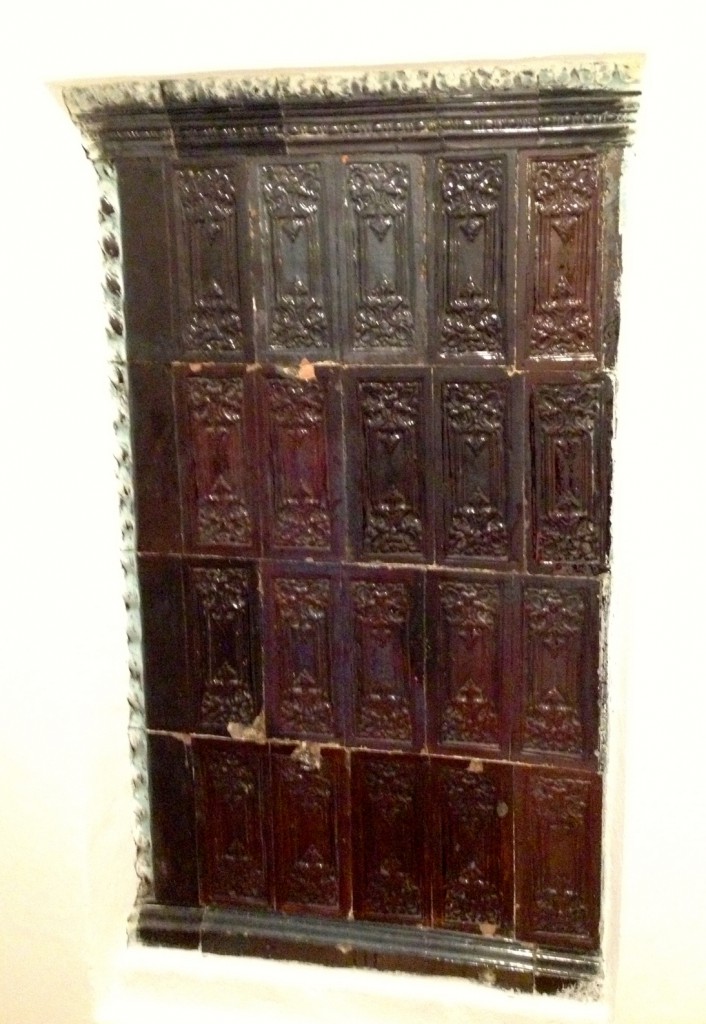
On the bedroom side and also in the hallway there were latched doors that could be opened and filled with wood or other fuel. The hallway door provided access for servants to stoke the fire. The fire burning inside the stone walls heated the walls and the ceramic insert. Ceramic heats up slower than metal, but once warm it will radiate the heat over a long period of time. (Of course with a wood frame house this particular stove would not have been a good choice.)
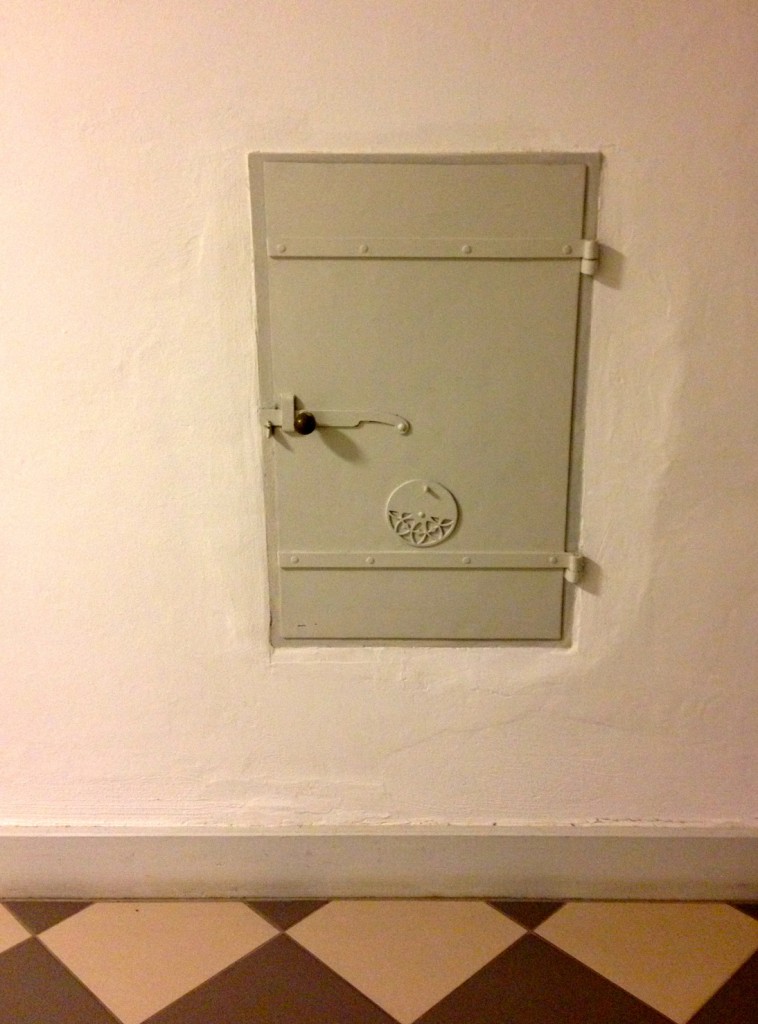
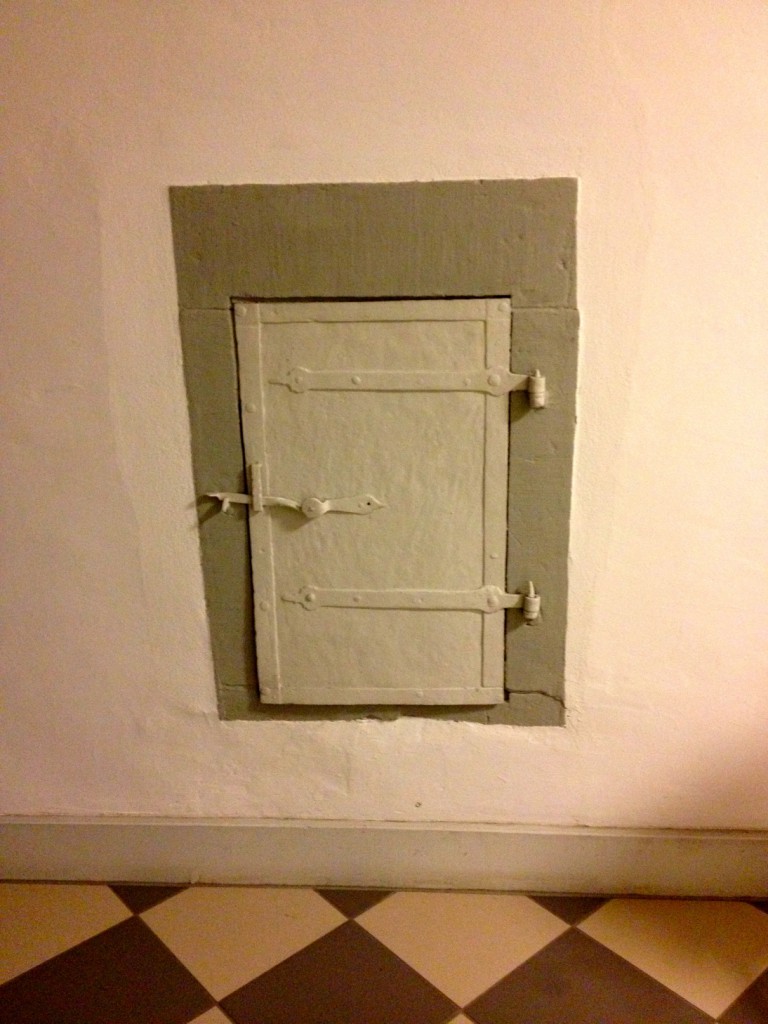
In my research on this type of stove, I learned that stoves made of tiles have been around for hundreds of years and were very popular in the 16th and 17th centuries in Europe where they were called kachelofens. In other parts of the world they are called masonry stoves, Russian fireplaces, Finnish fireplaces, or Swedish stoves. They are designed to hold heat long after the fire stopped burning. Some Kachelofens could keep a house warm for 6-12 hours after the fire went out. Tile stoves are still used in some very cold climates, and are regaining popularity in other parts of the world as an energy-efficient heat source.
Many of the old kachelofens or tile heaters built in the 15th and 16th centuries were beautiful.




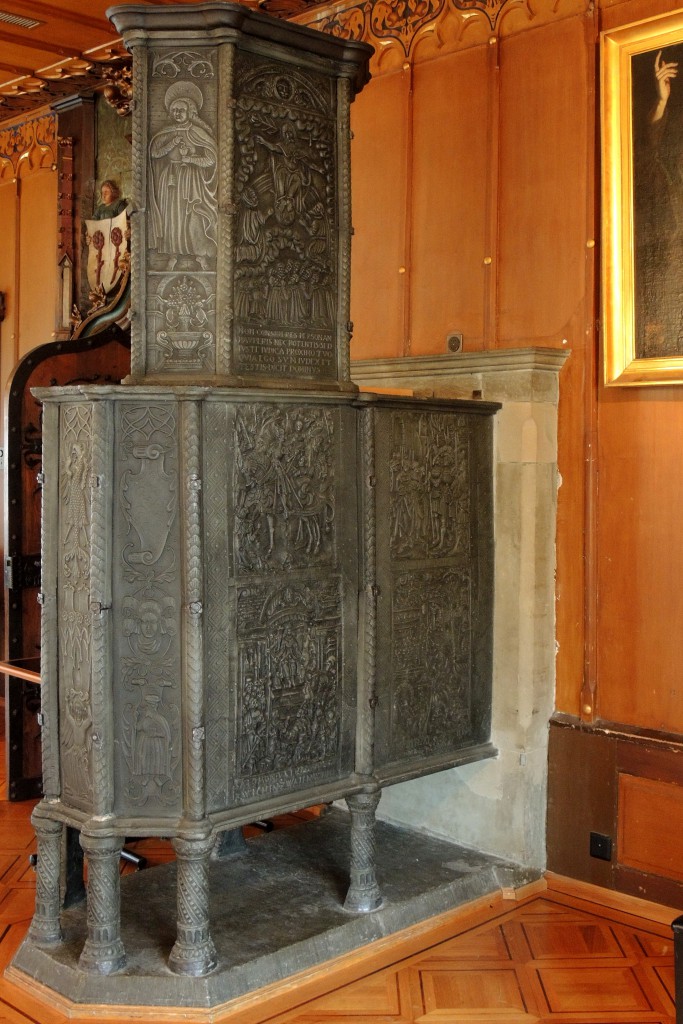
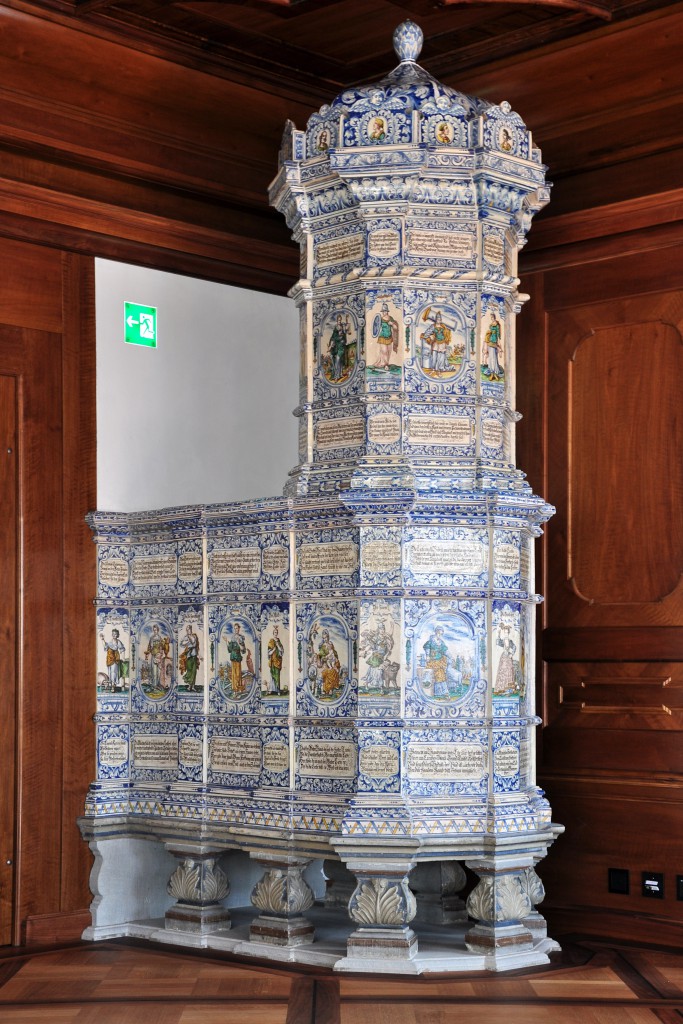
Leave a Reply